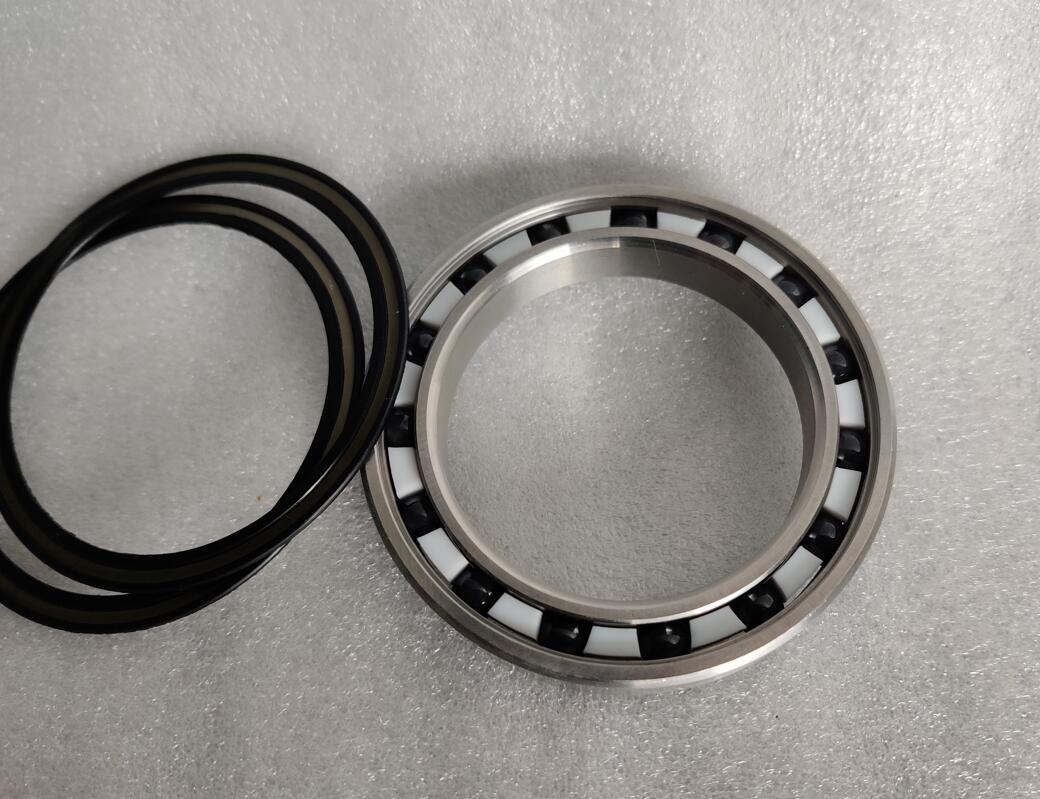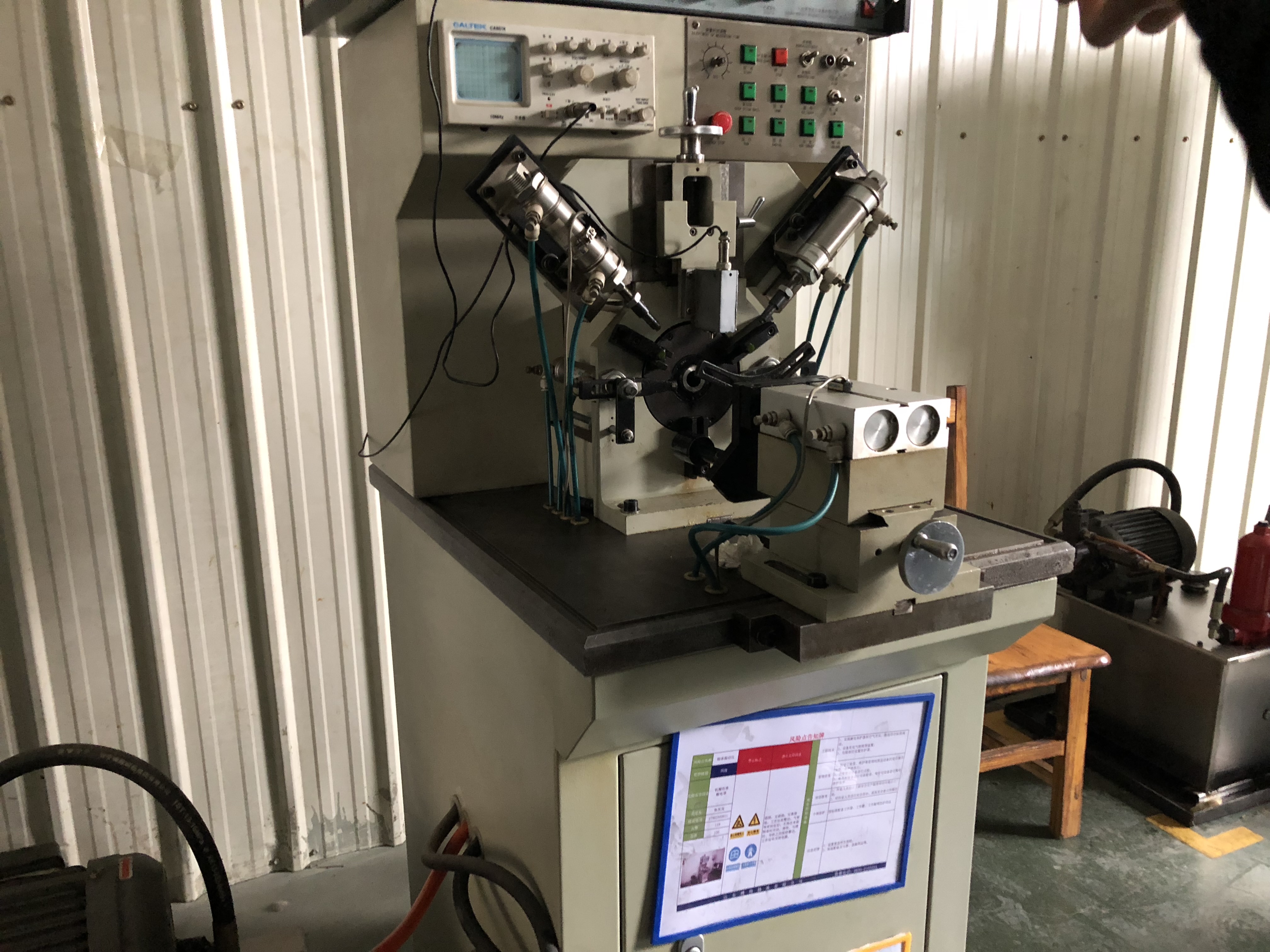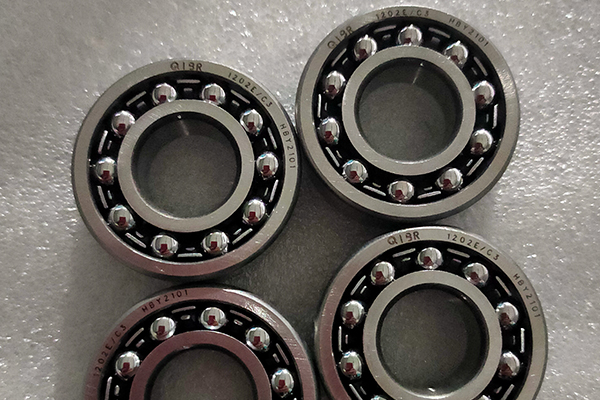
Bearing noise or vibration can stem from multiple factors. Identifying the specific cause requires comprehensive analysis of the equipment's operating status, noise characteristics, vibration data, and maintenance history. Below is a systematic approach to diagnosis and common causes:
| Type of Noise | Possible Causes |
|---|
| Continuous humming/high-pitched whistling | Insufficient lubrication, too small bearing clearance, excessive speed, improper fit (too tight or loose), or installation eccentricity. |
| Periodic clicking/knocking | Wear, spalling, or cracks on rolling elements or raceways; foreign matter (e.g., metal debris, contaminants) inside the bearing. |
| Irregular rustling | Degraded or hardened grease, or contaminants (moisture, dust) in the lubricant. |
| Vibrational noise + metallic rubbing | Excessive axial/radial clearance, worn fit surfaces, or broken/loose cages. |
| Periodic slapping | Uneven rolling element sizes, deformed cages, or local damage from impact during installation. |

- Use a stethoscope or vibration detector to listen close to the bearing housing and confirm if the noise originates from the bearing (distinguish from gears, motors, or other components).
- Compare with normal operating noise and record the frequency, intensity, and triggering conditions of the abnormal noise (e.g., during startup, load changes, or high-speed operation).
Use a vibration analyzer to measure the bearing’s vibration amplitude, frequency, and waveform. Correlate with the bearing’s fault characteristic frequencies (BPF) to identify the faulty component:
- Vibration Amplitude: A sudden increase may indicate wear, looseness, or fatigue damage.
- Frequency Components:
- Ball Pass Frequency Inner Race (BPFI): Prominent peaks suggest inner race faults.
- Ball Pass Frequency Outer Race (BPFO): peaks indicate outer race faults.
- Ball Spin Frequency (BSF): Abnormal harmonics suggest rolling element damage.
- Cage Frequency (FTF): Abnormal frequencies indicate cage wear or breakage.
- Impact Pulse Waveform: Indicates local damage (e.g., pitting, cracks).
- Broadband Vibration: Caused by poor lubrication, rough surfaces, or installation deviations.
- Harmonic Frequencies: Signal nonlinear faults (e.g., spalling, indentations).
- Misalignment: Causes abnormal axial or radial loads on the bearing, leading to vibration (e.g., poor coupling alignment between motor and reducer).
- Over-tight/Under-loose Fit:
- Over-tight: Inner ring expansion reduces clearance, causing heat and noise.
- Under-loose: "Race creep" (sliding on the shaft/housing) leads to wear and vibration.
- Measure shaft journals and housing bores with a micrometer to confirm they meet design tolerances (e.g., proper transition or interference fits).
- Check locking devices (e.g., lock washers, lock nuts) for looseness, which can cause axial movement.
- Appearance and Texture: Examine grease for discoloration (e.g., darkening, clumping), impurities, or emulsification (signs of water ingress).
- Lubricant Quantity: Excessive or insufficient grease can cause abnormal temperature rise and noise (typically fill 1/3–1/2 of the bearing cavity).
- For oil-lubricated bearings, test the oil’s viscosity, acid value, and metal debris content (via oil spectroscopy) to assess wear.
- Check the lubrication system for blockages or unstable oil pressure to avoid under-lubrication or over-lubrication.
- Overload or Impact Load: Causes abnormal bearing wear, with vibration amplitude increasing with load.
- Critical Speed: Vibration due to resonance when the operating speed approaches the bearing/system’s natural frequency (vibration frequency matches rotational speed).
- Temperature Abnormalities: High temperatures accelerate grease degradation; low temperatures harden grease, both potentially causing noise.
- Dust/Water Ingress: Contaminate lubricants and exacerbate raceway/rolling element wear, leading to irregular vibrations.
| Fault Type | Typical Symptoms | Solutions |
|---|
| Fatigue Wear | Spalling/cracks on raceways/rolling elements; vibration containing BPFI/BPFO harmonics. | Replace bearings; improve alignment and lubrication. |
| Poor Lubrication | Dry/hardened grease; noise with temperature rise; broadband vibration. | Clean bearings and reapplying appropriate grease. |
| Installation Deviation | Low-frequency vibration with possible heat; noise varies with speed. | Re-adjust installation and correct alignment. |
| Foreign Matter Ingress | Irregular noise; contaminants in grease; indentations/scratches on raceways. | Clean the system, replace seals, and filter lubricant. |
| Loose Fit | Wear on shaft/housing; "race creep" causing vibration and noise. | Repair/replace fit components and adjust tolerances. |
- Regular Condition Monitoring: Use vibration analyzers and temperature sensors for periodic testing and trend analysis.
- Standardized Installation and Maintenance: Follow manual guidelines for fit tolerances and installation procedures; schedule regular grease changes.
- Environmental Protection: Install dust covers and seals to prevent moisture and dust intrusion.
- Optimal Selection: Choose bearing types (e.g., deep groove ball bearings, tapered roller bearings) suitable for load, speed, and environmental conditions.
By systematically following these steps, you can effectively identify the root cause of bearing noise or vibration, avoid unnecessary component replacements, and improve equipment maintenance efficiency.





